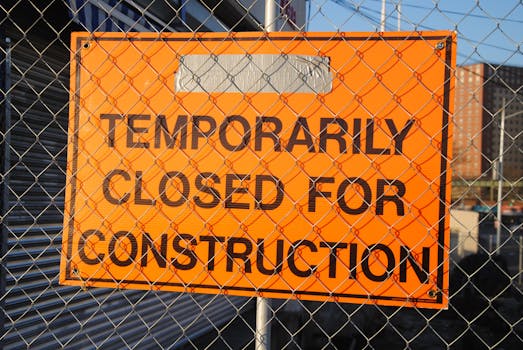Understanding Building Permits for Roofing Projects
When it comes to home renovations, one of the most significant projects a homeowner can undertake is replacing or installing a new roof. However, before hammering in the first nail, it’s crucial to understand the legal requirements surrounding building permits. This article will explore when it is necessary to obtain a building permit for a new roof, the implications of not doing so, and the benefits of adhering to local regulations.
What is a Building Permit?
A building permit is an official approval issued by a local government agency that allows you to proceed with construction or renovation projects. It ensures that the work complies with local building codes, zoning laws, and safety regulations. Obtaining a permit is not just a bureaucratic formality; it serves to protect the homeowner and the community by ensuring that construction is safe and up to standard.
When is a Building Permit Required for a New Roof?
Whether you need a building permit for a new roof largely depends on several factors, including local regulations, the scope of the project, and the materials used. Here are some common scenarios where a permit is typically required:
- Complete Roof Replacement: If you are tearing off the existing roof and replacing it with a new one, a permit is usually necessary.
- Structural Changes: Any modifications that affect the roof’s structure, such as changing the pitch or adding dormers, will require a permit.
- Material Changes: Switching from one roofing material to another (e.g., from asphalt shingles to metal roofing) may necessitate a permit.
- Adding Roof Features: Installing skylights, chimneys, or solar panels typically requires a permit.
Local Regulations and Variations
Building permit requirements can vary significantly from one municipality to another. For instance, some cities may have strict regulations regarding roofing materials due to climate considerations, while others may have more lenient rules. It’s essential to check with your local building department to understand the specific requirements in your area.
For example, in Los Angeles, homeowners must obtain a permit for any roofing project that involves more than 100 square feet of roofing material. In contrast, smaller towns may allow minor repairs without a permit. Always consult your local regulations to avoid potential fines or complications.
The Risks of Not Obtaining a Permit
Failing to obtain a building permit can lead to several negative consequences:
- Fines and Penalties: Homeowners may face hefty fines if caught performing unpermitted work.
- Insurance Issues: If an unpermitted roof fails or causes damage, insurance companies may deny claims related to the work.
- Future Sale Complications: When selling a home, unpermitted work can complicate the sale process and may even deter potential buyers.
Benefits of Obtaining a Building Permit
While the process of obtaining a building permit may seem cumbersome, it offers several advantages:
- Safety Assurance: Permits ensure that the work meets safety standards, reducing the risk of accidents.
- Increased Property Value: Homes with permitted renovations are often more attractive to buyers, as they come with verified compliance.
- Professional Oversight: The permitting process often involves inspections, ensuring that the work is done correctly and to code.
Conclusion
In summary, obtaining a building permit for a new roof is often necessary, especially for significant renovations or structural changes. Understanding local regulations and the potential risks of not securing a permit is crucial for homeowners. While the process may seem tedious, the benefits of safety, compliance, and increased property value far outweigh the inconveniences. Always consult your local building department before starting any roofing project to ensure you are following the necessary legal requirements. By doing so, you can protect your investment and ensure a safe and successful roofing project.
